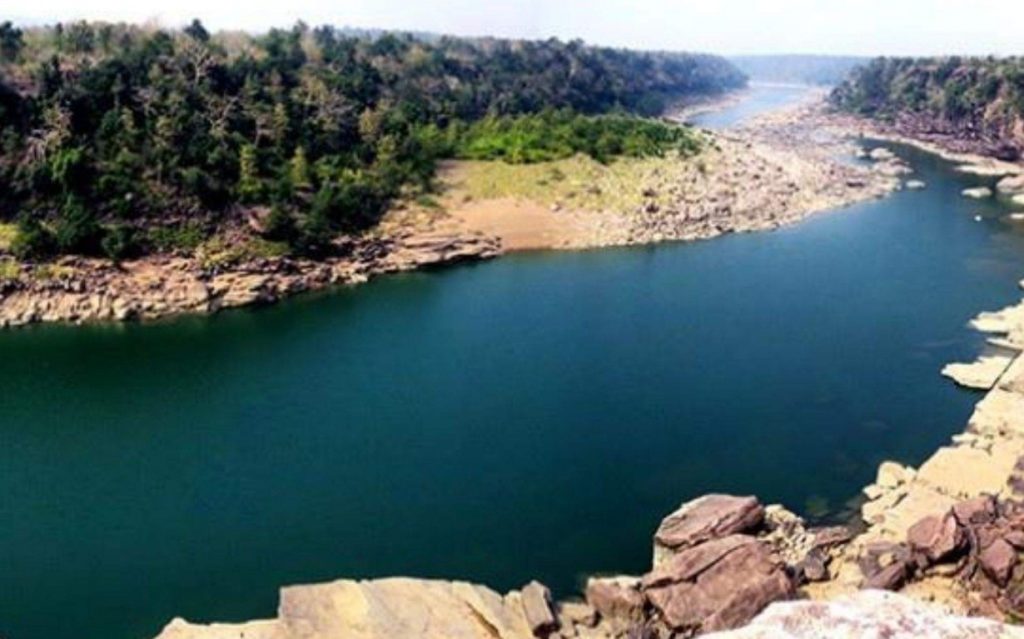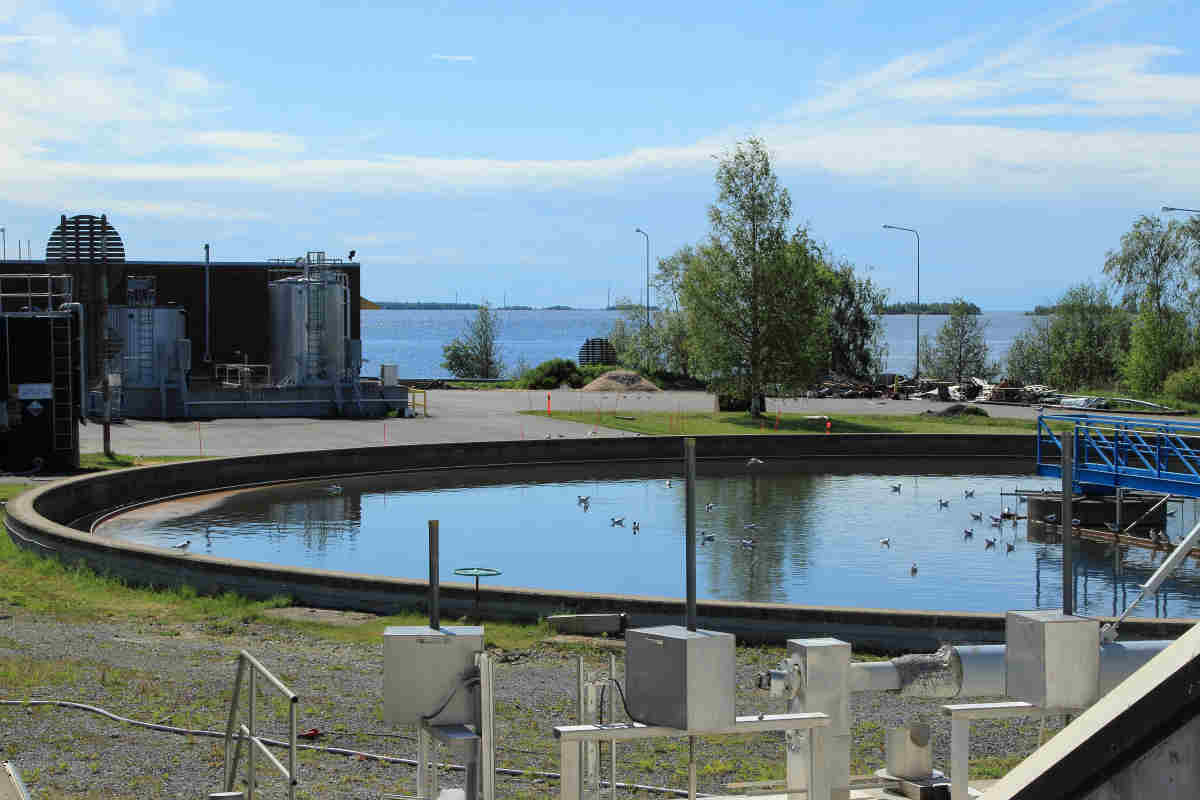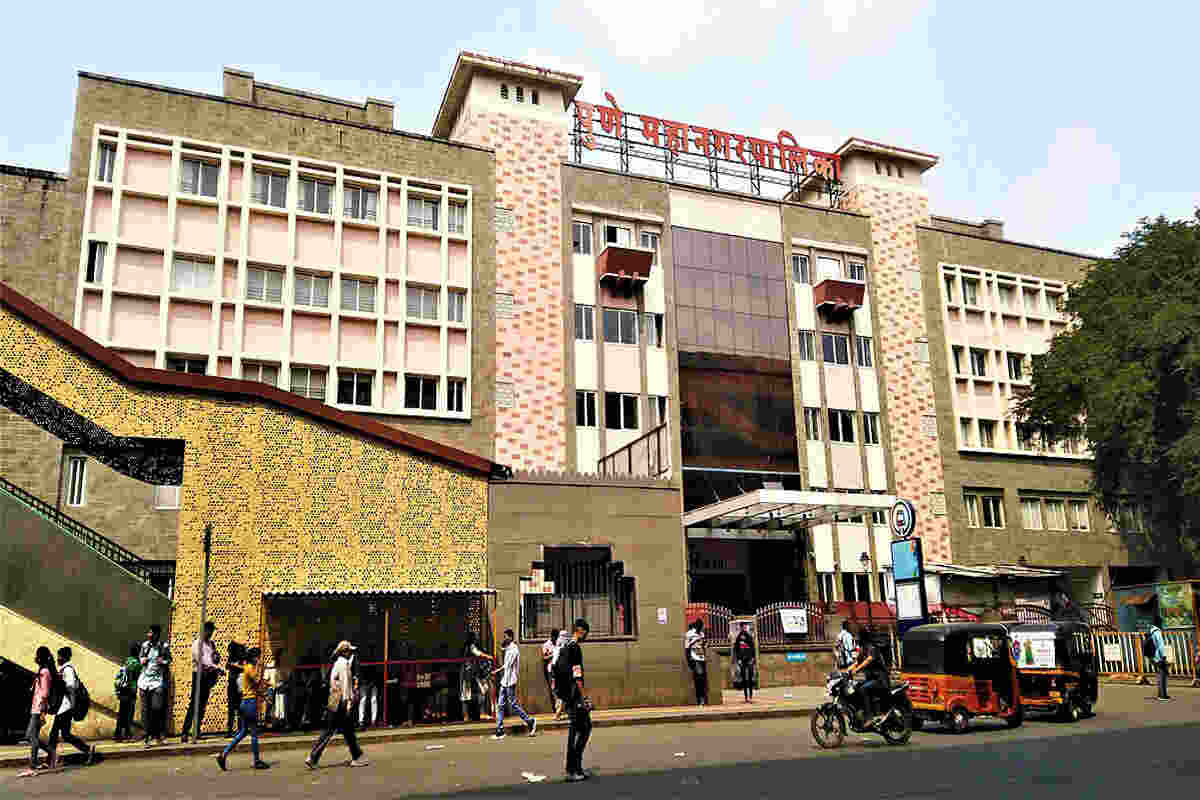
Pollution levels in Kasadi river are 13 times above the safe limits
Kasadi river is the main source of water for the industries in Taloja Maharashtra Industrial Development Corporation (MIDC) and its 10,858 residents. This 20km-long river flows through highly industrialized areas and hence has been badly hit by the pollution.
QUALITY OF WATER
A water quality test was conducted after numerous complaints filed by the residents to the Maharashtra Pollution Control Board (MPCB).
The test results showed that the wastewater treatment from the Taloja MIDC industries was inadequate as the area has become an industrial pollution hotspot.
Industries are dumping untreated waste directly into the Kasadi river (Hindustan Times)
- The level of biochemical oxygen demand (BOD) – which is the requirement of dissolved oxygen – was found to be high enough to be lethal for aquatic life and unfit for human consumption.
- The level of chloride – which is toxic and harms vegetation, aquatic life, and wildlife – was around 224 mg/l which is higher than the acceptable limit of 200 mg/l.
- After numerous efforts from people over the years, only the stench at Kasadi has been reduced. However, pollution levels continue to be extremely high.
Kasadi River is being polluted with chemical wastes and trash (financialexpress.com)
DOGS ARE TURNING BLUE
Kasadi river gained international attention in August 2017 after dogs that had waded in it, mysteriously turned blue, creating a health scare among locals.
Dogs with brightly coloured blue fur cause health scare (milap.org)
This was a result of the dumping of indigo dye into the Kasadi river by the textile industries.
THE CHANGING COLOURS OF KASADI
Due to industrial effluents, this river changes colour every day.
White foam on Kasadi River surface (Times of India)
The stretch of river that flows adjacent to the Taloja industrial corridor is changing colours, having turned white with foam covering its surface.
The relentless release of effluents into the river without proper treatment has led the river to emit a foul smell and also caused a burning sensation in the eyes.
Effluents are also being released into Kasadi river through a stormwater drain that does not even pass through the treatment plant.
Waste management is also a major source of river pollution. The chemical companies are turning the river into a dumping ground by disposing of untreated chemicals.
Illegal dumping near Kasadi river (Times of India)
To add on to the problem, hundreds of truckloads of soil and debris have already been dumped into and along the river. If these illegal activities continue the river could be reduced to a sewage drain.
BIRDS FLYING OVER KASADI MYSTERIOUSLY DROP DEAD
People near the Kasadi river are living in a death trap.
It’s not just the condition of water, which is of grave concern. “The air the villagers are breathing is also of dangerous quality,” says a doctor, who resides in a village nearby.
Corporator Mhatre, who first initiated action against the industries, says, “There have been instances when birds flying over Taloja MIDC, unexpectedly dropped dead. If fish and birds can’t survive here, how will human beings live here.”
Kasadi river was once a fishing haven – with over 45 varieties of fish – but in 2013 it was declared ‘unsuitable for fishing‘.
Fishing is a thing of the past for the local community at Kasadi (mid-day.com)
Last year fishermen from the local fishing community complained of a decline in 90% of the fish catch from Kasadi river due to pollution.
FAILURE AT TREATING THE WATER
In November 2017, 10 members of the Common Effluent Treatment Plant (CETP) at Taloja were booked and resigned from their post for not keeping the CETP in working condition and releasing untreated industrial waste into Kasadi River.
The CETP plant is expected to treat the wastewater to a minimum before releasing it into the environment. But the CETP ended up receiving twice the inlet capacity of the plant and was not able to treat the wastewater with such alarming levels of pollutants.
- It was revealed that units like the mechanical bar screen, which stops large size waste material in wastewater, were not operational for six months.
- Oil & grease trap, used to remove oil & grease from wastewater, was completely submerged, with effluents covered with a layer of scum.
- A local activist pointed out that there were leaks in the pipeline which led to the untreated effluents leaking into the river.
The industries are expected to treat the waste first and meet the MPCB standards, before discharging it to the CETP but these regulations were not observed.
Keeping all these issues in mind, the National Green Tribunal ordered shutting down of 350 chemical factories.
INITIATIVES TAKEN BY THE ADMINISTRATION
- 40% cut of water supply to the industries
After the chemical effluents polluting the Kasadi river were identified, a 40% cut in the water supply to industrial plants was announced from February 1, 2017.
A notice was issued highlighting the problems and informing that until the Taloja industrial area does not start online pollution monitoring, adequate water supply would not be provided to them.
- Closure order by National Green Tribunal
The National Green Tribunal (NGT) ordered the closure of 350 industrial units in Taloja MIDC that were allegedly responsible for polluting the river. For the locals, this is possibly the first fight they’ve won in their long-drawn battle to save this once resplendent river.
- By TIA
Taloja Industries Association (TIA) was planning to provide alternative solutions for all the damage that has happened. TIA has joined hands with My Vets Charitable Trust and Research Centre, an NGO, which works in the area of environmental and wildlife conservation, fishermen and Kharghar Swacch Manch, to plant more trees in the area to contain the pollution in the region.
INITIATIVES TAKEN BY THE LOCALS
- A mission to save Kasadi river has been started by Yogesh Pagare, a resident of a village along the Kasadi river. With this mission, the residents are filing complaints against the Taloja MIDC industries, protesting and organizing a march, and taking the initiative to bring the authorities’ attention to this issue.
Yogesh Pagade started the Mission Save Kasadi River campaign along with other residents in 2016 (mid-day.com)
- In November 2018, residents led a march to the Taloja police station against the companies in the MIDC area. The residents filed a complaint against the companies releasing chemicals into the rivers, polluting them.
- A similar Anti-Pollution March was led by residents to express their anger against the continuous negligence of the authorities towards the issue.
Leading from the front: Kharghar residents and their children at the Anti-Pollution March (The Hindu)
SUGGESTIONS OFFERED SO FAR
- Upgrade Taloja CETP
The Taloja CETP has been rated as the worst-performing treatment plant among the 25 such units in Maharashtra by MPCB. This CETP needs to be upgraded with new equipment or maintaining the present equipment, leakages in pipelines to the CETP needs to be fixed and a permanent authority needs to be appointed to keep the plant working properly.
- Floating Island:
Setting up a floating island in the river was suggested to clean up the river. These are buoyant mats, planted like a garden and launched onto a waterway. The floating islands remove pollutants from a waterway, including nitrates, phosphates, ammonia and heavy metal.
- Water Aeration techniques.
Aeration brings water and air in close contact to remove excessive dissolved gases such as carbon dioxide while increasing the amount of dissolved oxygen which is very much needed.
RESTORATION OF KASADI WITH CITIZEN SCIENCE
The authorities are trying to reduce the Kasadi River pollution by taking action against the Taloja MIDC industries but for any plan to be efficient, the locals need to work hand-in-hand with the authorities to make it work.
This is where the idea of Citizen Science comes in.
Citizen science is any scientific research that is conducted, in part or completely, by the citizens or the amateur scientists.
SOLUTIONS USING CITIZEN SCIENCE
Citizens can help the authorities and institutes with Citizen Science programs by collecting data about the quality and state of the Kasadi River from various points along its stretch. This will help by,
- Providing government authority and/or institutes with wide and more detailed information which can help form better plans.
- The data collection will take a shorter period.
- Citizen Science is cheaper and more extensive.
- Regular surveillance of the river by the locals is easier to achieve than employing government/ private employees and it is cost-efficient.
- This will also keep the industries in line and within the required regulatory parameters to avoid further pollution.
Such projects have been successful for restoring and maintaining rivers in the past.
These projects could also be sustainable and successful by finding a convenient way for data conveyance and providing incentives to citizen volunteers to keep them motivated to work towards river protection.
Citizen Science program for testing water-quality (National Geographic)
The citizens can also help in bring transformation by,
- Leading protests with intentions of establishing strict regulations on the discharge of wastewater from Taloja MIDC.
- Hosting cleanup events and awareness programs near the Kasadi River to connect the community and highlight the problem.
- Hosting festivals, and field trips to teach residents and students about water quality parameters.
- Taking advantage of social media to draw the attention to the plight of the Kasadi River.
CIRCULAR ECONOMY SOLUTIONS FOR KASADI RIVER
FOR INDUSTRIES
Making the industries more efficient by reducing and reusing the generated waste and opting for cleaner resources could create a huge impact. For instance,
- Adoption of the circular economy by the MIDC industries by reusing wastewater within the industry.
- The sludge and organic nutrients generated from certain industries like the brewery, meat processing industry, oil refinery etc. in Taloja MIDC could be provided as a fertilizer for agriculture.
These solutions would help reduce pollution at Kasadi by reducing waste and reusing by-products.
EARTH5R CITIZEN VOLUNTEER PROJECTS FOR RIVER RESTORATION
Cleanliness campaign and Awareness program at Mula Mutha river by the Earth5R team (Earth5R)
- Mula Mutha River Cleanup And Awareness
The Mula Mutha River Cleanup and Citizens Awareness program was conducted at Pune by the local team of Earth5R. Besides cleaning up the area of the litter, especially cigarette buds, the volunteers also engaged in creating awareness by conducting the street campaign and interacted with the people to highlight the difference that our small lifestyle changes can make.
Also, for the International Coastal clean-up Day as a Corporate Social Responsibility, Hexaware Technologies joined hands with Earth5R, to clean up the banks of this river.
- Clean-up Drive at Mithi River Banks
Earth5R has led clean-up drives along the Mithi River and also at its origin, the Powai lake, for 13 weeks. The ragpicker community was also involved in the waste management cycle and most of the collected plastic waste was recycled to make benches.
Giving the plastic waste to the ragpicker and thus including him in the formal economy (Earth5R)
Reach out to Earth5R to know more about solving environmental issues through citizen involvement and by creating a circular economy based sustainability project.
ABOUT EARTH5R
Earth5R is an environmental organization from India with its head office at Mumbai. It works with the NGO sector, Companies and helps them conduct environmental corporate social responsibility (CSR) programs across India. Earth5R specializes in circular economy based projects. Earth5R also offers short term and long term environmental courses.
Earth5R’s Global Sustainability Hub is a cross-sector and cross-country collaboration in pursuit of UN Sustainable Development Goals. It is an excellent opportunity for governments and the private sector to engage with communities, use Sustainability-based models to drive economic changes and create social and environmental impact.
Reported by Prajakta Pazare, edited by Riya Dani


